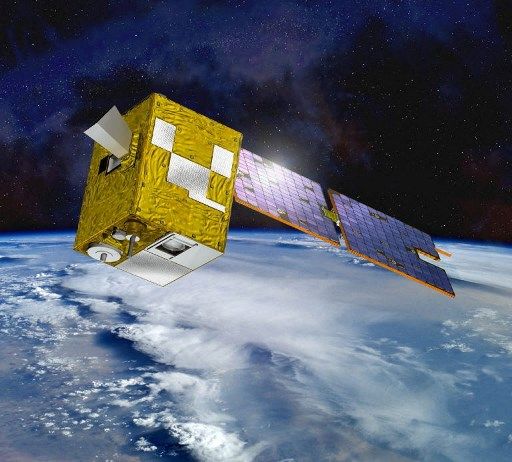
Israel: A nanosatellite capable of communicating from space with an earth station, first
As it passes over Israel, the device will emit light of different wavelengths.
For the first time, Tel Aviv University has developed a quantum communication nanosatellite that was successfully launched using SpaceX’s Falcon 9 launch vehicle from Cape Canaveral Space Station in Florida. This is a scientific achievement that paves the way for building an optical and quantum communication network from space using nanosatellites.
The TAU-SAT3 nanosatellite is expected to orbit Earth for about five years. The satellite is equipped with onboard batteries made by the Israeli company Epsilor, which will power it throughout its life in orbit, and is designed to carry out scientific missions, during which it transmits optical communication signals to a ground station. Installed on the roof of the building of the Faculty of Physics of the University.
It is one of the few ground stations in the world able to lock onto a nanosatellite, which is seen from Earth smaller than a pixel, and track and collect data from it. According to the researchers, this means that it will be possible to build and launch miniature systems for optical communications into space at a much lower cost than that of large satellites.
Explains Professor J. Meir Ariel, Head of the University’s Satellite Center.
To this end, it contained specific instruments created in collaboration with various scientific institutions, including the Sorek Nuclear Research Center. TAU-SAT3 is a 20-centimeter nanosatellite that carries an optical instrument only a few centimeters long. When it passes over Israel, the The device will emit light in different wavelengths. The optical earth station telescope will detect, pin on and track the small flash. The nano-satellite will simultaneously send light and radio signals to Earth, but when its optical device works towards the optical earth station, its antenna will point in a different direction. Thus, a large part of the data may be lost.

“Organizer. Social media geek. General communicator. Bacon scholar. Proud pop culture trailblazer.”
